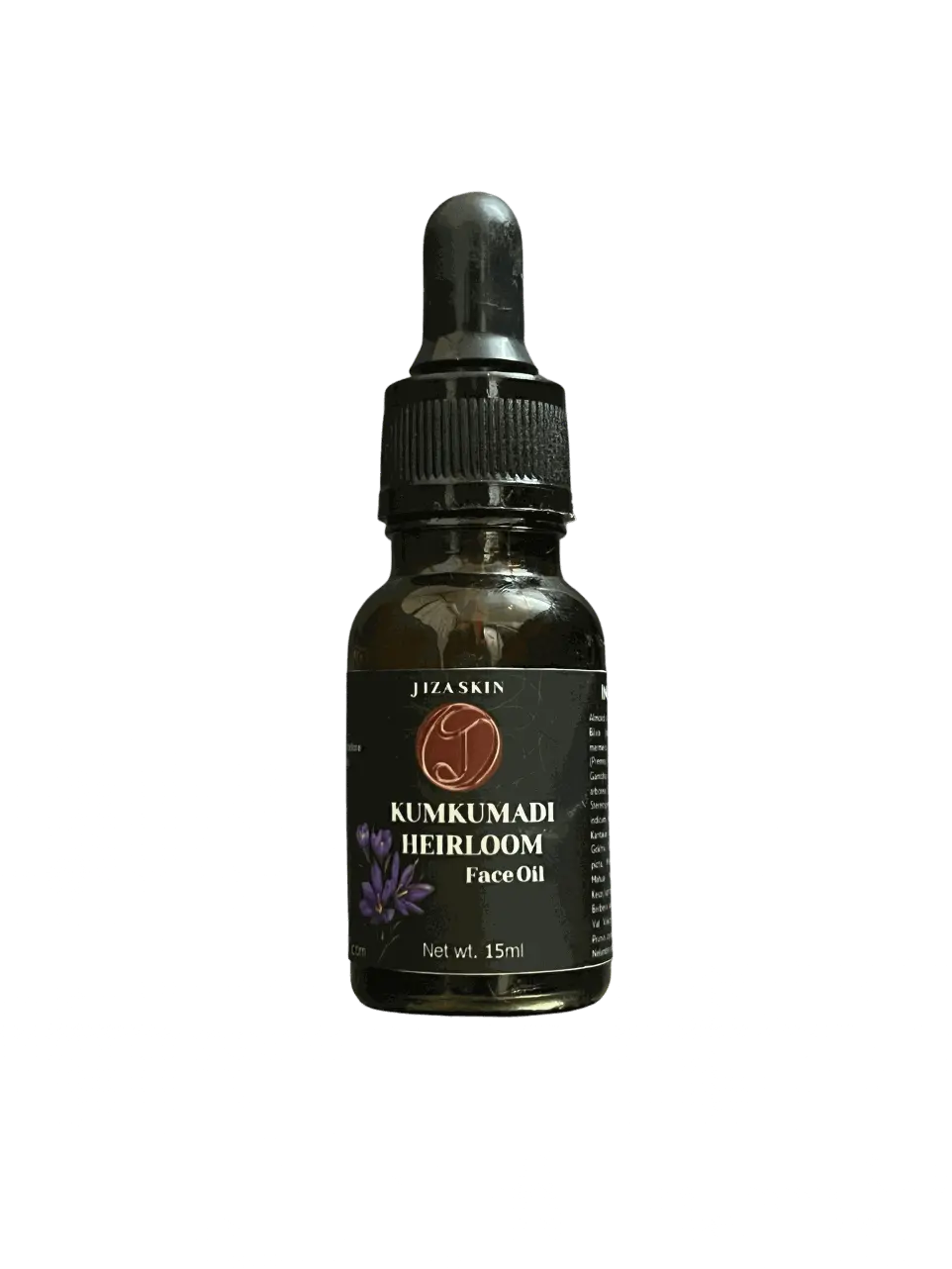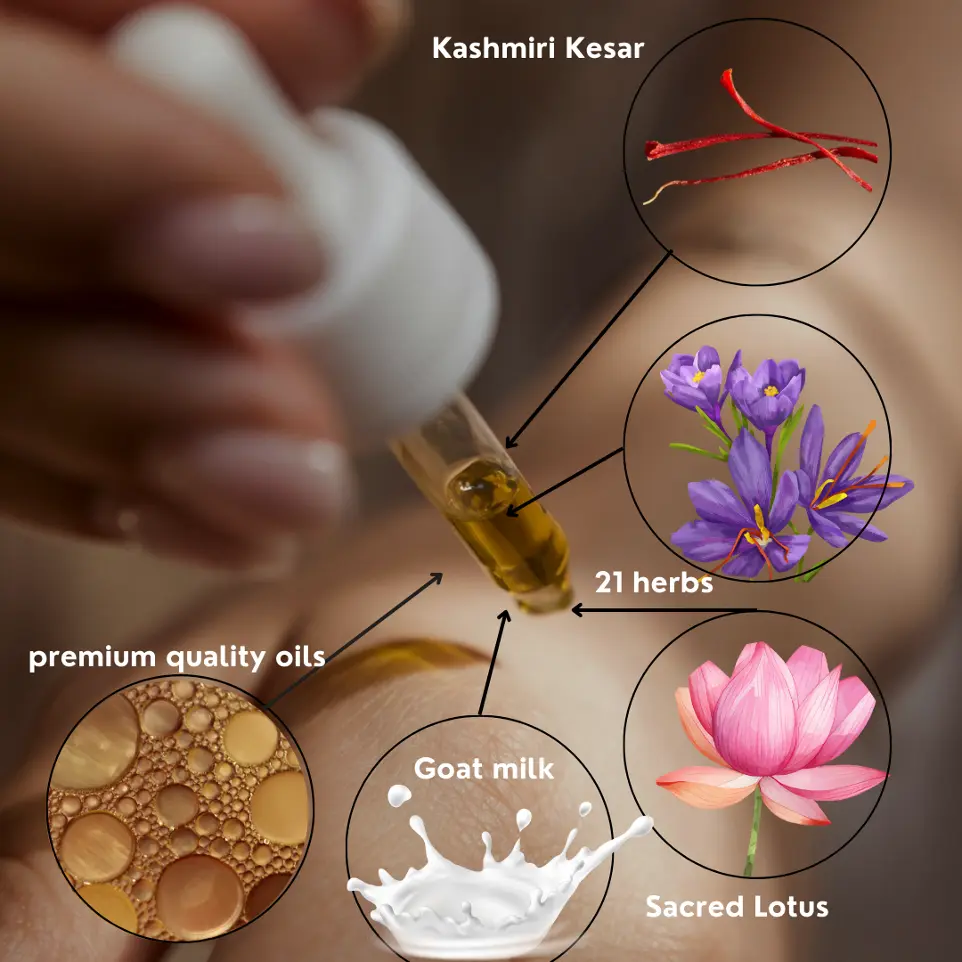Exfoliation has always been at the heart of effective skincare routines, helping to remove dead skin cells, enhance skin texture, and reveal a brighter, healthier complexion. While the methods for exfoliation have evolved over the years, from ubtans and mud baths to trending sugar scrubs to salon chemical peels and now AHA, BHA and PHA serums. Lets dive in the journey of exfoliants which may help you choose the best fit for you
We have all heard the myths surrounding Cleopatra, the last Egyptian queen of the Ptolemaic dynasty in Egypt. One of those myths portrays her as a woman of extraordinary beauty, capable of captivating any man. Nevertheless, the most famous of all by far is a beauty regimen that she supposedly practiced—taking baths in sour milk to achieve softer skin. While historians argue that many of these myths lack historical basis, their enduring iconic status remains undeniable, as they continue to be remembered to this day. [1] connection between sour milk and its potential benefits for the skin. Sour milk is produced by the fermentation of milk, a process in which lactose, the main sugar in milk, is converted into lactic acid reaching concentrations of up to 0.97%
The unquestionable association between Cleopatra and beauty earned her the title of the “queen of dermatology” from notable historical figures. Her influence extended to other renowned women such as Poppaea Sabina, the second wife of Roman emperor Nero, who supposedly followed Cleopatra’s example and performed the same milk baths to smoothen her skin, as some ancient records suggest. This notion also inspired a movie that portrayed Cleopatra’s daily bathing ritual and even today, beauty brands continue to draw inspiration from this historical practice, incorporating it into their products. [2] This brings up fascinating questions: can this old practice actually provide the desired results? Could there be a scientific explanation behind this ancient myth?
The Era of Professional-Only Chemical Peels
Chemical peels, which use acids like glycolic acid, lactic acid, and salicylic acid to exfoliate the skin, have been around for decades. However, early chemical peels were mostly restricted to medical spas, dermatology offices, and beauty salons where trained professionals performed the procedures. These treatments were used to address a range of skin concerns, such as sun damage, hyperpigmentation, fine lines, and acne scars.
Initially, only stronger, clinical-grade chemical peels were available, and the formulations were typically much higher in acid concentrations than what is available in modern at-home products. These peels were often deep treatments that could result in significant peeling and recovery time, requiring expert supervision to ensure safety and minimize the risk of irritation or burns. Phenol peels and TCA (Trichloroacetic acid) peels, for example, are examples of medical-grade peels that could only be administered in professional settings.
At the time, most consumers could not access the lower-strength versions of exfoliating acids that are common in over-the-counter skincare products today. In other words, while professional treatments like glycolic acid peels or salicylic acid peels were available in clinics, the general public did not have access to these acids in daily-use skincare products until more recent decades.
Modern-Day Accessibility
Today, AHAs and BHAs are commonplace in everyday skincare products. It's easy to find toners, serums, and creams that contain these acids at varying concentrations. While professional peels still exist and are available for more targeted treatments, many people now use at-home exfoliating products as part of their regular skincare routine. With proper education and awareness, these products can be used safely to improve skin texture, manage acne, and address signs of aging.
In essence, the era of professional-only access to chemical exfoliants has gradually given way to a more inclusive skincare landscape, where individuals can perform chemical exfoliation at home, empowered with a variety of products that are gentler, safer, and more tailored to different skin types

